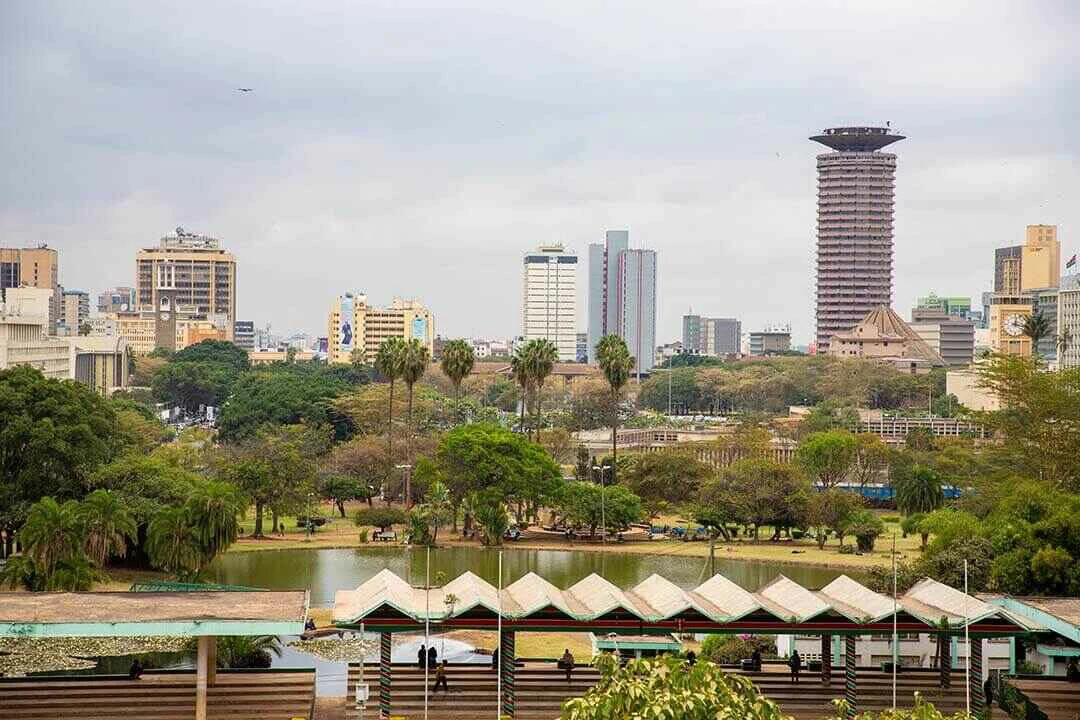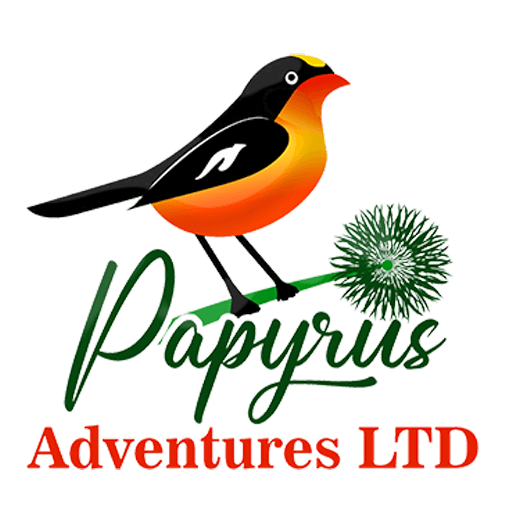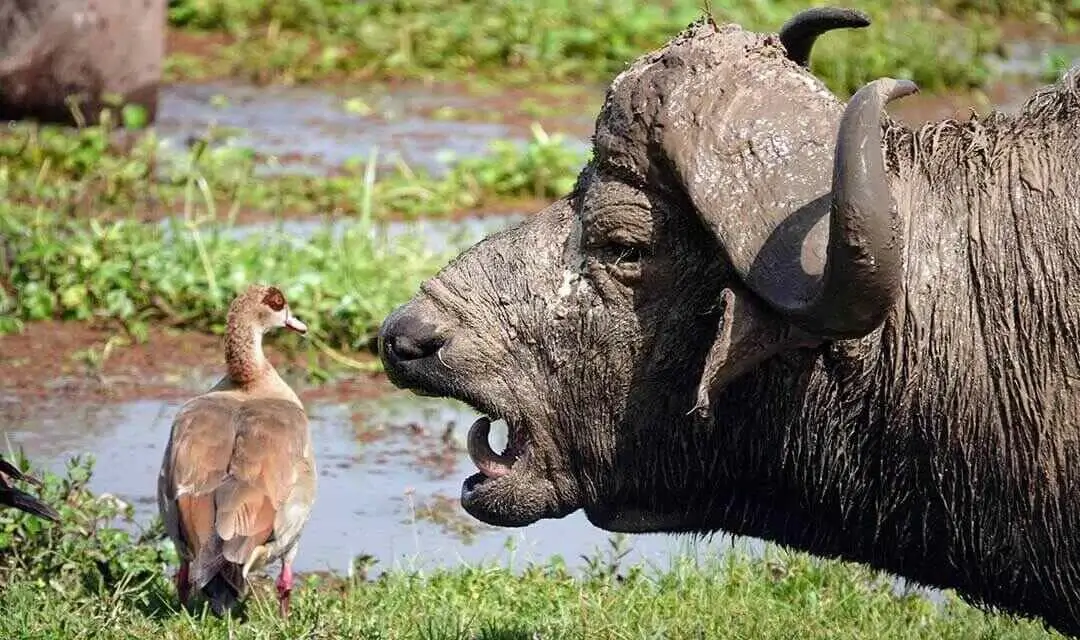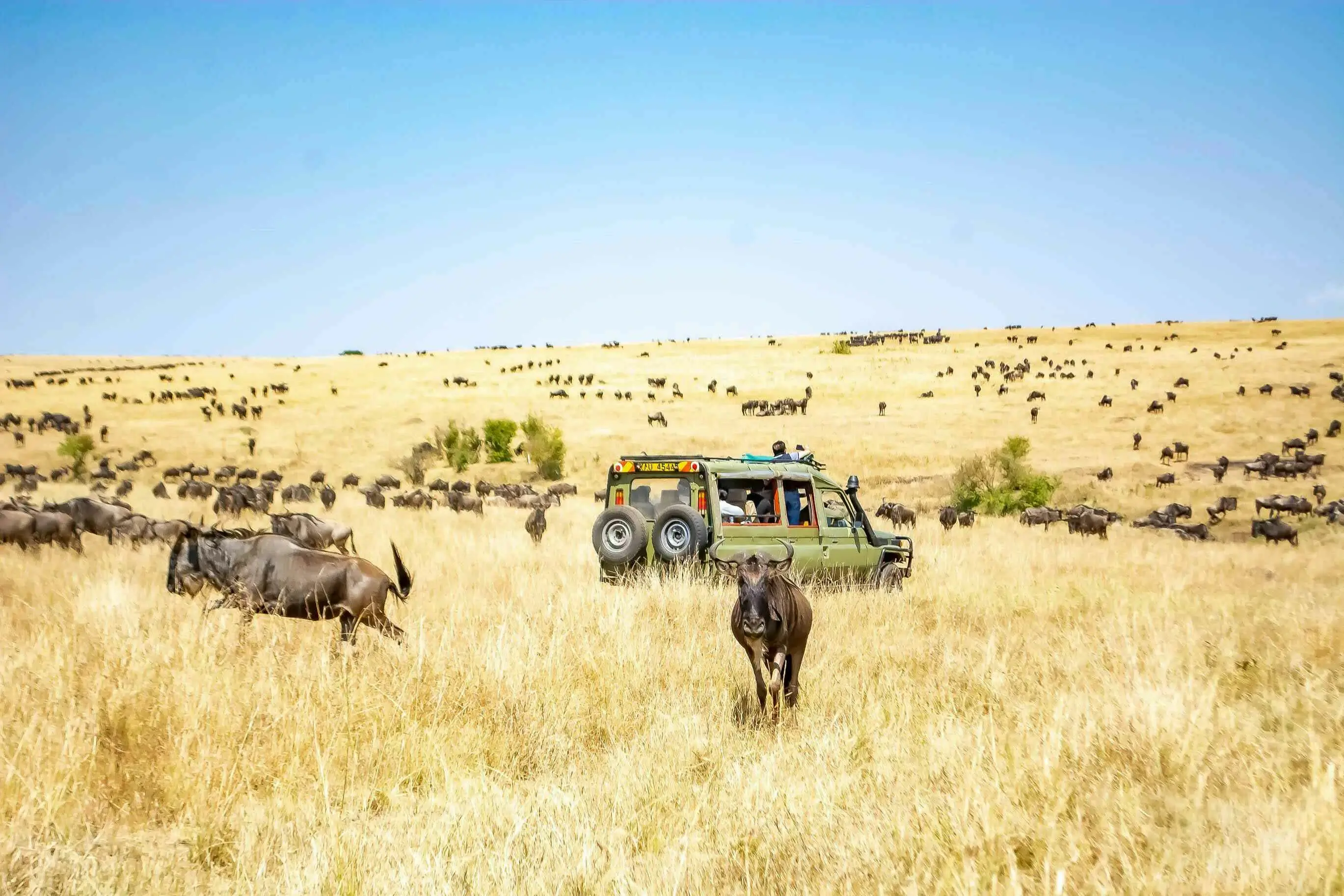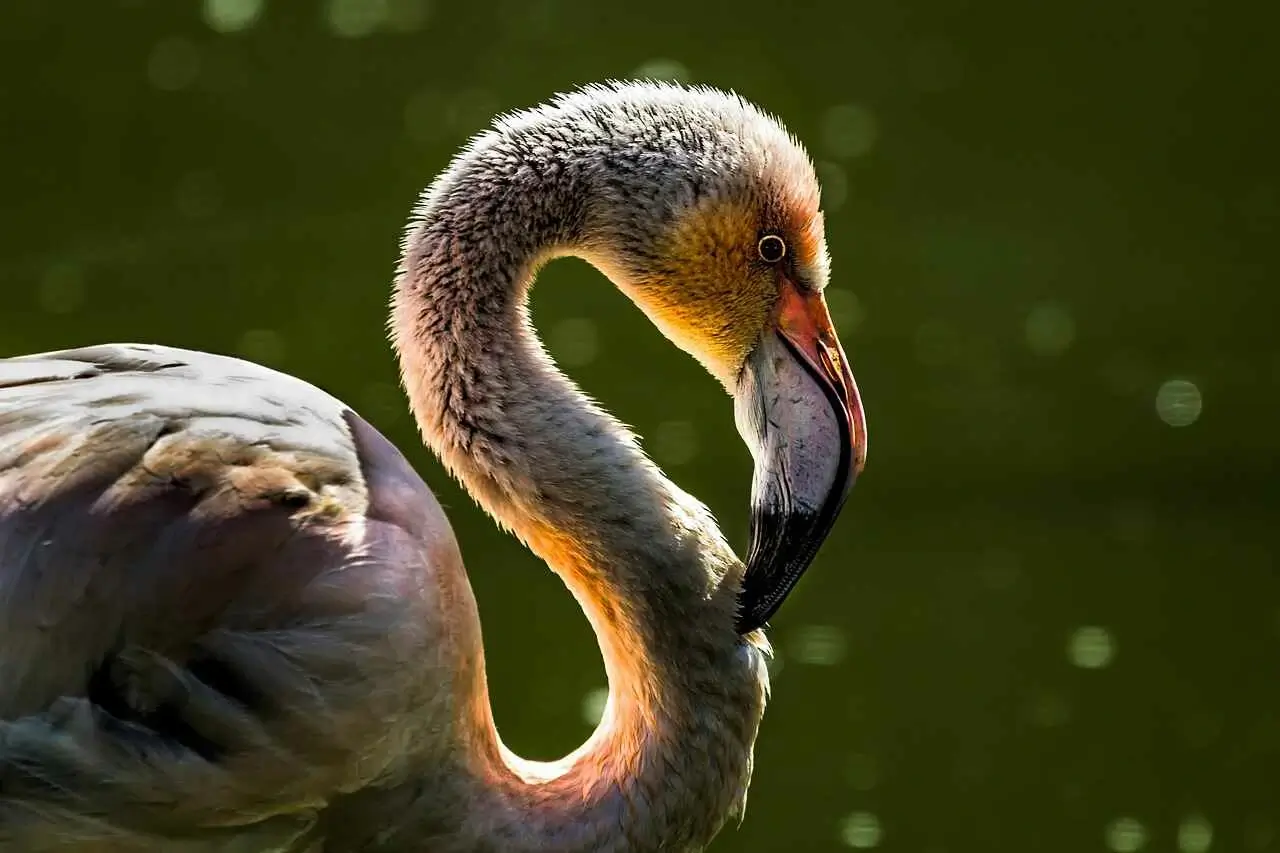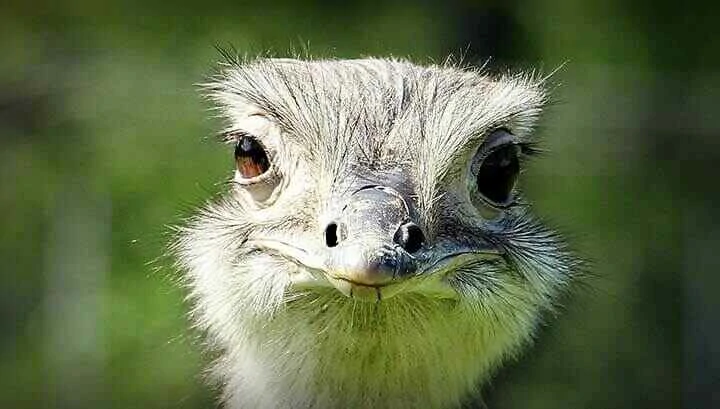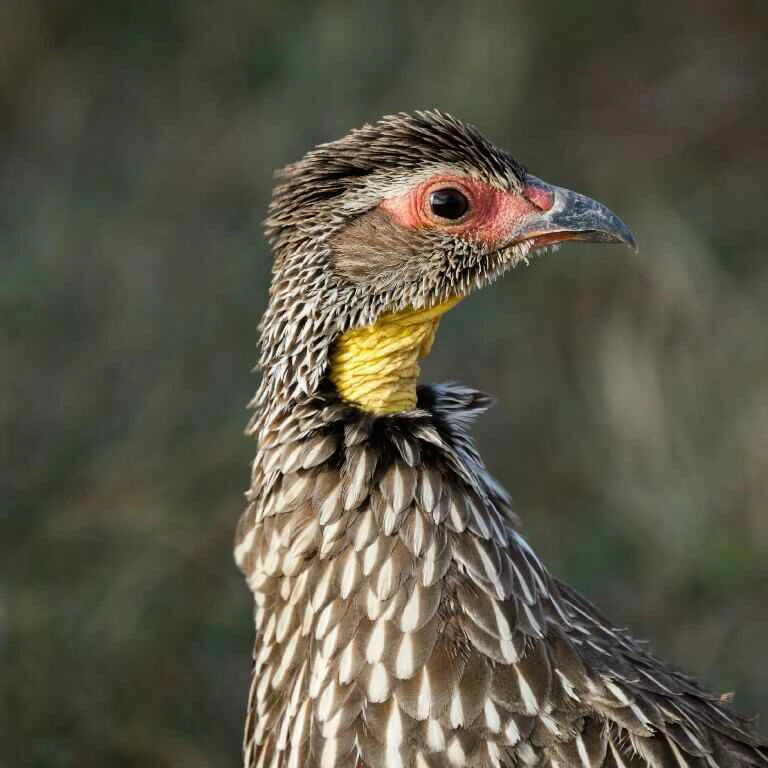Tour Description
There are different habitats in Kenya, and each habitat has its own species of birds that you will see when you visit these species. In Kenya, most of the country is very open to the grassland species as well as the bushland, and this makes it easy for the birders to easily enjoy and spot different species of birds, which is extremely interesting and wonderful. During this safari experience, you will specifically enjoy the best species of birds since most of the bird destinations have been carefully selected to offer you the best safari experience for a better and endangered safari. Therefore, you will enjoy the best and top destinations for birding in Kenya, which have been carefully selected, and this is interesting.
Price Includes
-
Accommodation for 5 nights -
English-speaking guide for the whole trip -
Fuel -
Park entrance fees and conservancy fees -
Meals
Price Excludes
-
Visas -
Acholic drinks -
Personal items -
International and domestic flights -
Tips
Book by Phone
You are one call awayBook by Email
Talk to us by Email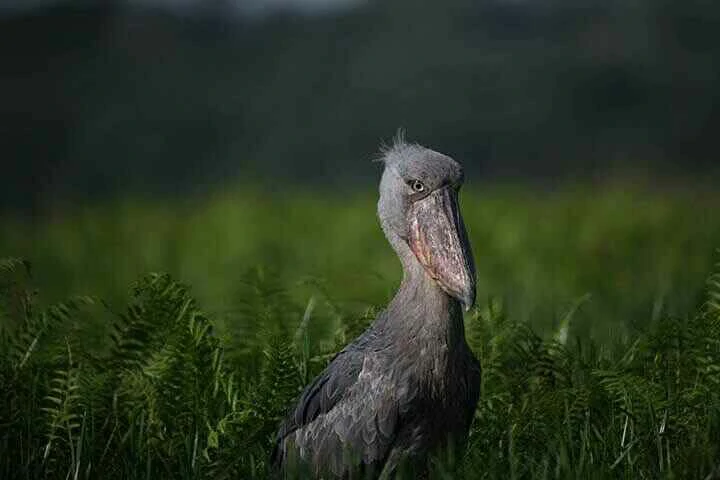
Birdwatching in Nairobi National Park
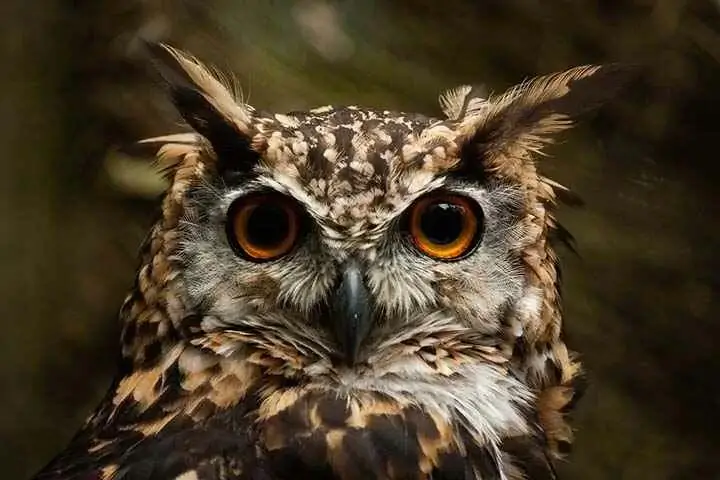
Birdwatching in Mount Kenya National Park
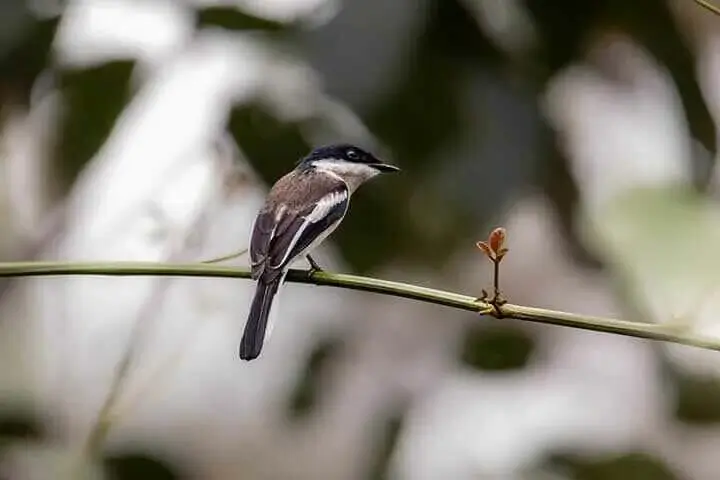
Bird Watching in Lake Naivasha National Park

Bird Watching in Lake Nakuru
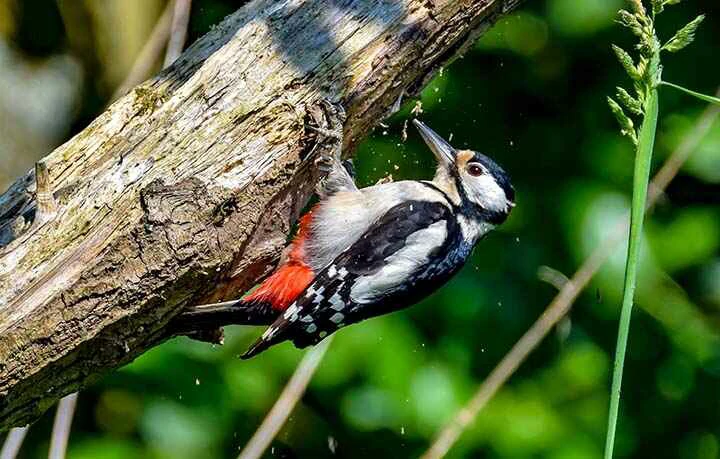
Bird Watching in Kakamega Forest Reserve
Explore Out Top Tour Ideas
Tour Detailed Itinerary
25 days of Kenya's best threatened species safari
Arrival in Kenya for 25 days of the Kenyan Best Threatened Species Safari
Today you will arrive at Jomo Kenya International Airport, where you will be welcomed by our safari representative, who will tell you about the 24 days of the Kenyan Best Threatened Species Safari. After, you will drive to the hotel to check it, and if time allows, you will visit the Kenya National Museum, especially the Birding Gallery, to get insights into all the birds that you will be able to see, and you will further visit the Nairobi National Museum botanical gardens before you return to the lodge for dinner and an overnight stay.
Meal Plan
-
Dinner
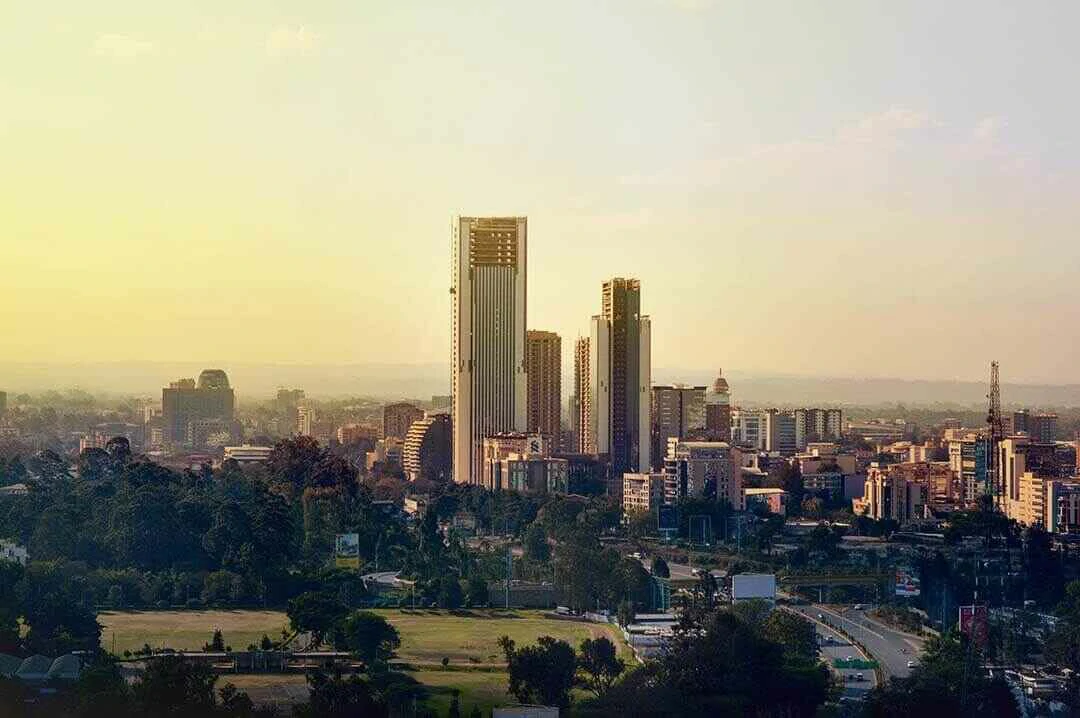
Birdwatching in Nairobi National Park for the Shoebill Stork
Today you will enjoy the birding in Nairobi National Park and visit the park for some bird species that you can see here, including African Harrier-Hawk, Red-faced and Singing Cisticolas, Spotted Mourning and Abyssinian Thrushes, Athis Short-toed Lark, Variable and Bronze Sunbirds, Three-banded Plover, Common Sandpiper, Holub's Golden Weaver, African Pied Wagtail, Shelley's and Yellow-necked Francolins, White-belied, Stout, Zitting, and Rufous-winged Cisticola, Rufus-napped Lark, Fisher's Sparrow-Lark, Kenya Rufous and Chestnut Sparrows, and the shoebill stork, which is the min highlight before you return to the lodge for dinner and an overnight stay.
Meal Plan
-
Breakfast -
Lunch -
Dinner
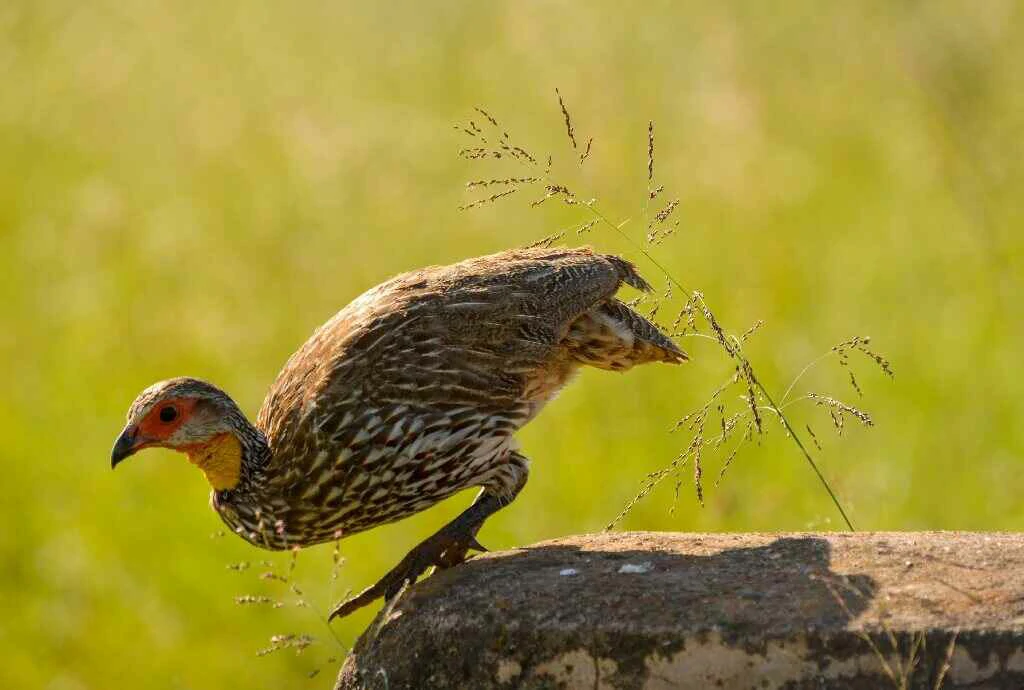
Birding continues in Nairobi National Park for another day.
Today is yet another day in Nairobi National Park for the birdwatching safari. There is a lot to see here, including Wattled Starlings, Lesser Honeyguide, Red-backed Scrub-Robin, Cape Robin-Chat, Eastern Paradise Whydah, White-winged Widowbirds, Red-billed Quelea, and Chin-spot Batis, among the itinerant species. Other birds to look for today include the African Water Rail, Black Crake, African Spoonbill, Spur-winged, Long-toed, Blacksmith Lapwings, Lesser Swamp Warbler, Highland Rush Warbler, intermediate and Great Egrets, African Jacana, Black Cuckoo-shrike, Spectacled, and Vitelline Masked Weavers, among others. The other species here include waxbills, both common and yellow-bellied; African-hawk eagles; white-headed and spot-flanked barbets; Baglafecht Weaver; Brown-snake Eagle; and many more. Along with an abundance of mammals such as the Cape Buffalo, Burchell's Zebra, Hippopotamus, Masai Giraffe, Rhinos, Coke's Hartebeest, the Vervet, and Syke's Monkey, you will later return to the lodge.
Meal Plan
-
Breakfast -
Lunch -
Dinner
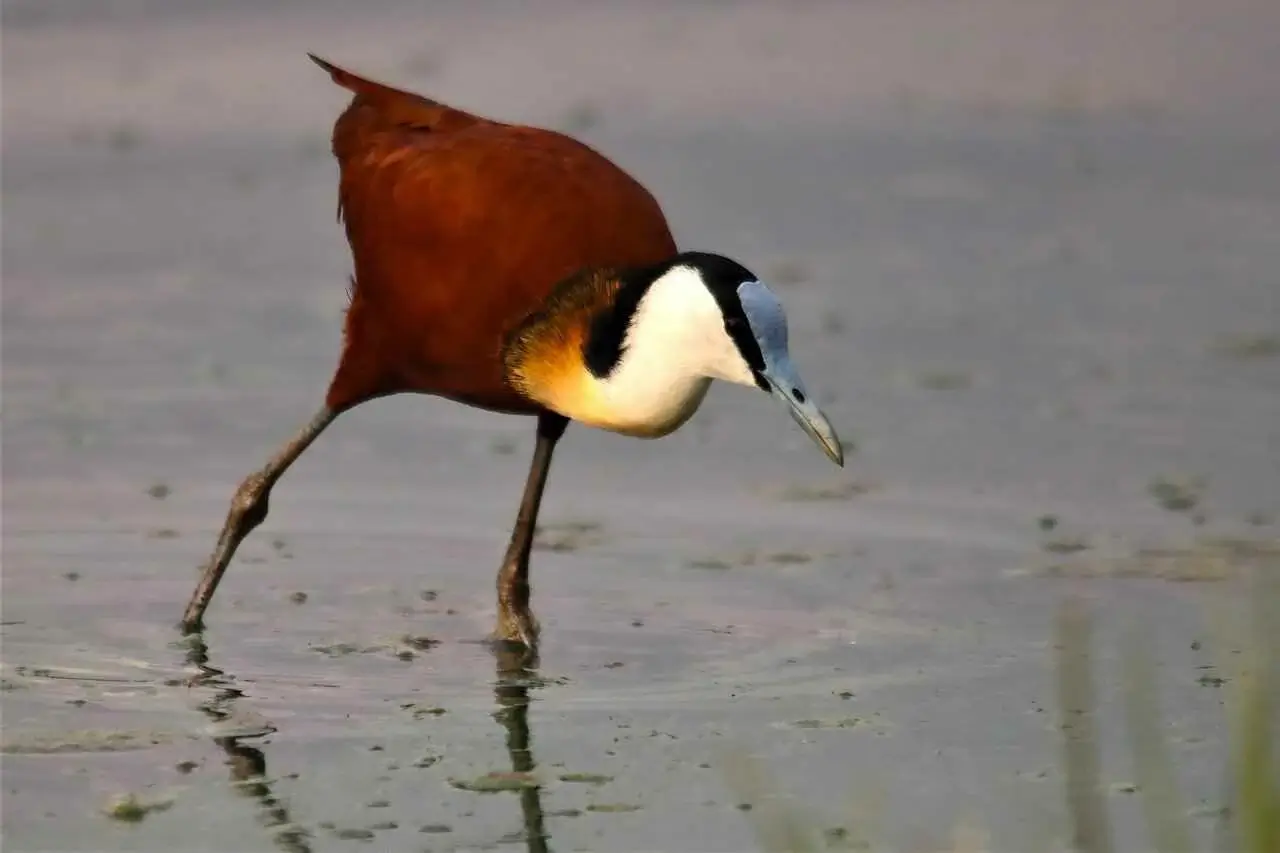
Birdwatching in Mount Kenya National Park
Mount Kenya National Park is a wonderful birding destination that you don’t need to miss out on. There are diverse species of birds here that you will need to enjoy, which is extremely interesting. Some of the catchy bird species that you will be able to see here include They include Abbott’s Starling, Lesser Kestrel, Jackson’s widowbird, Sharpe’s Longclaw, Olive Ibis, Lammergeier, Ayres’s hawk-eagle, African Crowned Eagle, African Grass Owl, Cape Eagle-Owl, Purple-throated Cuckoo-shrike, Long-tailed Widowbird, Abyssinian Owl (very rare and poorly researched), Scarlet-tufted Sunbird, and Kenrick’s Starling, which is confined to this area in Kenya. Mountain Kenya features records of globally and regionally threatened species, some of which have not been recorded in a long time. Get ready to see and enjoy these species of birds. The park also features other features, including primates, which you will also be able to see as you are birding.
Meal Plan
-
Breakfast -
Lunch -
Dinner
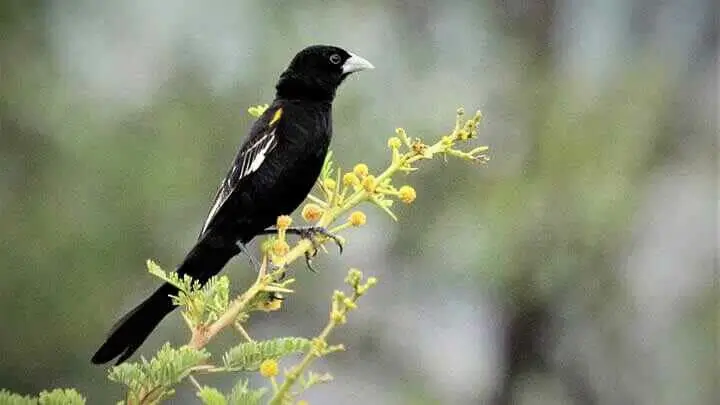
Bird watching in Mt. Kenya—transfer to Lake Naivasha
Today in the morning, after breakfast, you will continue doing morning birding in mountain Kenya to look for other species of birds and then later drive to Lake Naivasha for the overnight stay.
Meal Plan
-
Breakfast -
Lunch -
Dinner
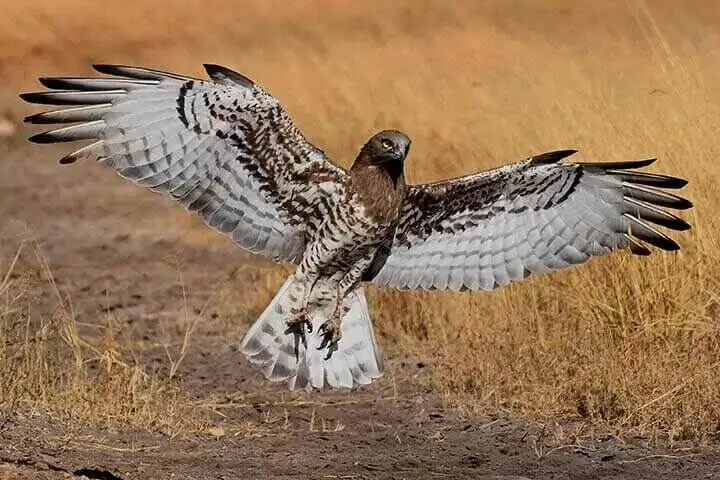
Today, birding and watching safaris continue in Lake Naivasha National Park.
Today, we shall wake up very early and have breakfast, and after we start birding in Lake Naivasha through the beautiful scenery of the high elevations, you will get the chance to take some good-looking photos. Since there are some wonderful grasslands, you will be able to see great species of birds, and among the bird species around Naivasha, expect to see the Black-backed Puffback, Cinnamon-chested Bee-eaters, White-headed Barbet, Golden-winged Sunbird, Hunter's Cisticola, Striped Crake, Striped Flufftail, the endemic Sharp's Longclaw, Quailfinch, Long-tailed (Euplectes progne delamerei), Jackson's Widowbirds, African Citril, Yellow-crowned Canary, and the Mountain Buzzard, among others. Later, you will go and sleep.
Meal Plan
-
Breakfast -
Lunch -
Dinner

Another birdwatching experience in Lake Naivasha
Today is yet another day to enjoy the birdwatching experience as you look for the best safari experience, which is extremely interesting. The best birding species that you will be able to enjoy here includethee globally vulnerable Grey-crestedHelmeted Shrikee, Basra Reed Warbler, Lesser Flamingo, and large flocks of Red-knobbed Coot, African Spoonbill, and Little Grebe. Grey-backed Fiscal, Pink-backed Pelican, Great Cormorant, Purple Heron, Red-billed Teal, Hottentot Teal, Black Crake, African Jacana, Giant and MalachiteKingfisherss, African Fish-Eagle, Little Grebe, Pink-backed Pelican, Long-tailedCormorant, and, Southern Pochard Long-toed Lapwing, Blacksmith Lapwing, Three-banded Plover, Black Heron, Lesser Moorhen, Greater Painted-Snipe, African Skimmer, Purple Heron, Little Bittern, African Rail Lesser Swamp Warbler, Red-chested Cuckoo, Pearl-spotted Owlet, White-fronted Bee-eater, Green Wood-Hoopoe, African Gray Hornbill, Red-fronted Barbet, Black-throated Honeyguide, Gray-headed Woodpecker, Gray-backed Fiscal, Gray-headed Bushshrike, White-browed Robin-Chat, Gray-capped Robin-Chat, Gray-capped Robin-Chat,Gray-capped,d among others.
Meal Plan
-
Breakfast -
Lunch -
Dinner
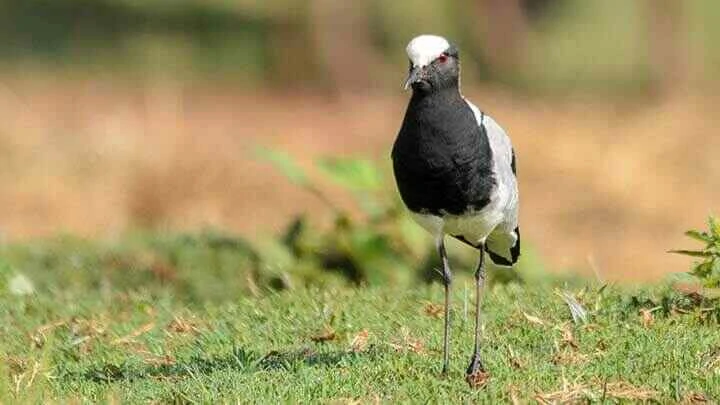
24 days of the Kenyan Best Threatened Species Safari continue to Baringo through Lake Nakuru
Today, you will wake up early in the morning and have breakfast, and after breakfast, your guide and you will drive to Lake Baringo through Lake Nakuru National Park, where we shall have our next birding and photography trip. The safari will continue to Keiyo escarpment, where we shall be carefully looking for white-crested turacos, little rock thrushes, and white-billed buffalo wrens before arriving at Tumbuli Resort. A visit inside the lodge in the afternoon should be ideal for the Black-throated Barbet, Northern Brownbul, Eastern Violet-backed Sunbird, and Red-faced Prinia, among other species, and later we drive to Lake Baringo.
Meal Plan
-
Breakfast -
Lunch -
Dinner
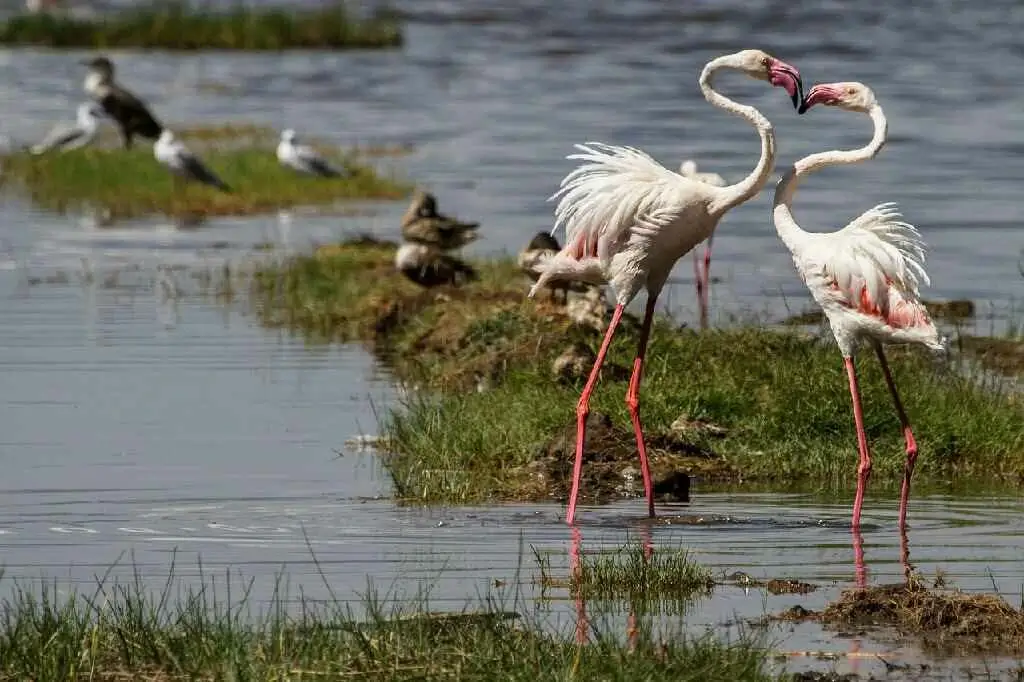
Whole day birdwatching in Lake Baringo for threatened species
We shall enjoy the best safari experience on a boat cruise on Lake Baringo, and this will be the best time to explore several species of birds, which will include Brown-tailed Rock Chat, Chestnut Weavers, Acacia Tit, Northern Red-billed, African Grey, and Jackson's Hornbills. Shinning, Beautiful, Hunter's, Amethyst, Eastern Violet-backed Sunbirds, Mouse-colored Penduline Tit, Somali Tit, Pygmy Batis, Black Cuckoo-shrike, Madagascar Bee-eaters, African Swamphen, Allen's Gallinule, Little Bittern, Crimson-rumped Waxbill, White-faced Whistling Ducks, and the enormous Goliath Heron The lake once had a big Goliath heronry with over 20 individuals; however, while Goliaths are still nesting around the lake, the heronry has vanished. Lake Baringo, on the other hand, is in the southern-easterly limit of the range of the regionally threatened Jackson's Hornbill and its closely related species, the Von der Decken's Hornbill. Later, you will return to the lodge for the overnight stay.
Meal Plan
-
Breakfast -
Lunch -
Dinner
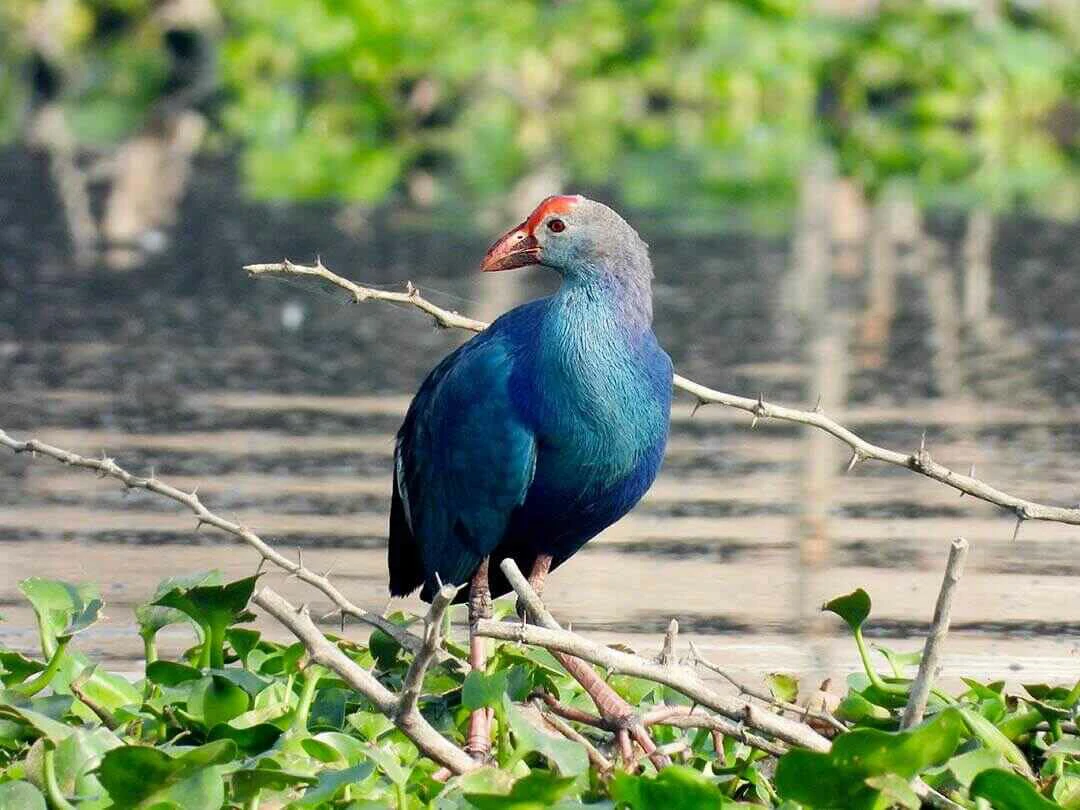
Transfer to the Kongelai Escarpment.
Please ensure that you get ready today for the best birdwatching species, and the bird species here will include Brown Snake-Eagle, Martial Eagle, Hartlaub's Marsh Widowbird, Eastern Grey Plantain-Eater, Brown Parrot, Black-winged Red Bishop, Stripe-breasted Seedeater, and White-crested Helmet-shrike, Yellow-billed Shrike, Lesser Blue-eared Starling, White-crested Turaco, Chestnut-crowned sparrow, among other species of birds that you will encounter.
Meal Plan
-
Breakfast -
Lunch -
Dinner
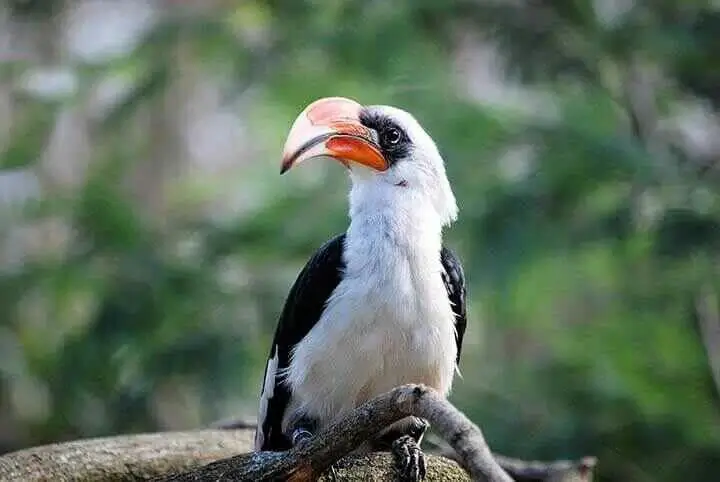
transfer to Kakamega Forest Reserve
Today is the day when you will go and observe the forest birds as we pass through the cool town of Kakamega. We shall utilize the chance to explore the mash birds around Lake Victoria before we head to Kakamega Forest, and here we might get a chance to see rimarily Papyrus canary and the Papyrus Yellow Warbler, White-winged Warbler, Black-headed Gonolek, Yellow-fronted Tinkerbird, Winding and Carruther's Cisticolas, African Reed, Greater Swamp, and Highland Rush Warbler, all of which are expected. The Eastern Plantain Eater, the Red-chested Sunbird, the Slender-billed, Golden-backed, Northern Brown-throated, and Black-headed Weavers are all examples of weavers. And after, we drive to Kakamega Forest Reserve, and this is extremely interesting.
Meal Plan
-
Breakfast -
Lunch -
Dinner
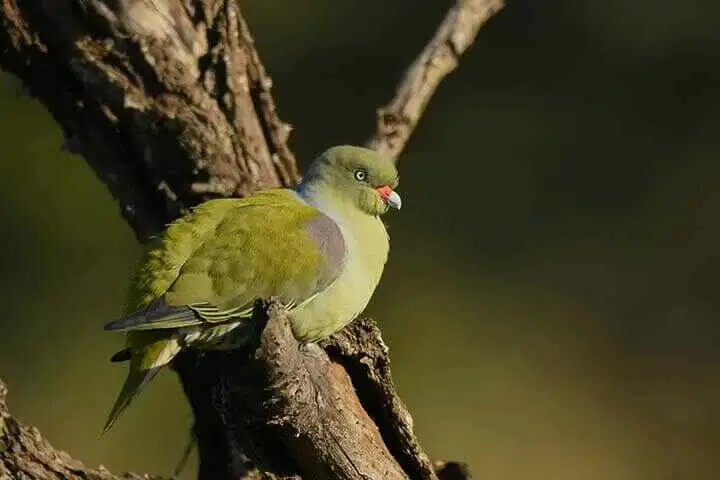
Birding in Kakamega Forest Reserve for the two days
As we do bird watching here, please know that there are a variety of bird species that you will see here in the forest, and we will have a lot of time here to fully focus and enjoy the safari experiences. Here, make sure that you look out for birds such as Chapin's Flycatcher, Turner's Eremomela, Dusky-crested Flycatcher, Red-chested Owlet Bee-eater with a Blue Head, Joyful Greenbul, Grey-throated Barbet, Yellow-rumped Tinkerbirds, Ansorge's, Grey, Cabanis', and Yellow-whiskered Greenbuls, Kakamega, Eastern Mountain, Ansorge's, Grey, Cabanis', and Yellow-whiskered Greenbuls Chestnut, Jameson's Chestnut and Yellow-bellied Wattle-eye, Kalat, Sharpe's Drongo, Buff-throated Apalis, Green Hylia, Olive Green Camaroptera, Orange-tufted and Olive-belied Sunbirds Greater Honeyguide, African Crowned Eagle, Mackinnon's Shrike, Vieillot's Weaver, Purple-throated Cuckoo-shrike, Bronze-throated Cuckoo-shrike, Sunbirds Green-headed, Green-throated, Green, Northern Double-Collared, Olive, and Collared are all examples of green-headed birds. Other birds that can be seen here include Illadopsis montana, African Emerald, Red-chested, and Klaas' Cuckoos, Western Black-headed Oriole, African Green Pigeon, Tambourine Dove Crombec with white brows, Luhder's Bush-shrike, and Stuhllman's Starling. Black-billed, Brown-capped, and Black-necked Weavers; the pale-bellied Forest Flycatcher; the Red-headed Malimbe; the Brown-chested Alethe; the Red-tailed Bristlebill; the Golden-crowned, Cardinal, Brown-eared, and Buff-spotted Woodpecker, among others.
Meal Plan
-
Breakfast -
Lunch -
Dinner
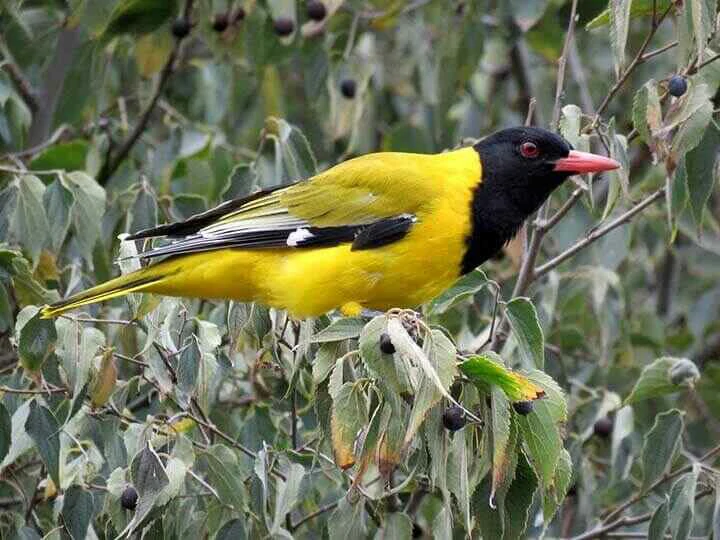
Continue with bird watching safari in Kisumu.
Today, after the best and most wonderful breakfast, we start the journey to Kisumu. However, before we transfer to Kisumu, we shall first do some of the birdwatching to enjoy and identify the bird species that we could have missed. Later, we start the journey as we enjoy the dark-billed Usambiro Barbet, which some experts consider to be conspecific to D'Arnold's Barbet, as well as the Southern Grosbeak Canary, Swahili Sparrow, Mountain Grey Woodpecker, and Abyssinian Scimitarbill, among others. The other species of birds that you will encounter here include Bronze Mannikin, Purple-banded Sunbirds, Bar-breasted Firefinch, Speckle-breasted Woodpecker, Brown-backed Scrub Robin, Green Crombec, Marsh Tchagra, Black-billed Barbet, Little Cattle, and Great Egrets Yellow-backed Weaver, Northern Brown-throated Weaver, African Pygmy and Malachite Kingfishers, Swamp Flycatcher, Greater Swamp Warbler, and more species can be found in the swamps. Hamerkop, Yellow-billed Stork, Pied Kingfisher, White-winged and Whiskered Terns, African Skimmer, White-winged Warbler Black-bellied Firefinch, White-crested Turaco, and Dark-capped Yellow Warblers are among the species. Cisticolas, red-faced, singing, whistling, croaking, siffling, and zitting, Cardinal Quelea, Grey-capped Warbler, Red-shouldered Cuckoo-shrike Shikra, African Thrush, Hartlaub's Marsh and Yellow-mantled Widowbirds, Red-chested and Copper Sunbirds, Shikra and Black-winged Red Bishops Grosbeak, Compact, Holub's Golden, Black-headed Gonolek Weavers with Slender Bills, Yellow Backs, and Jackson's Golden Backs, among others.
Meal Plan
-
Breakfast -
Lunch -
Dinner
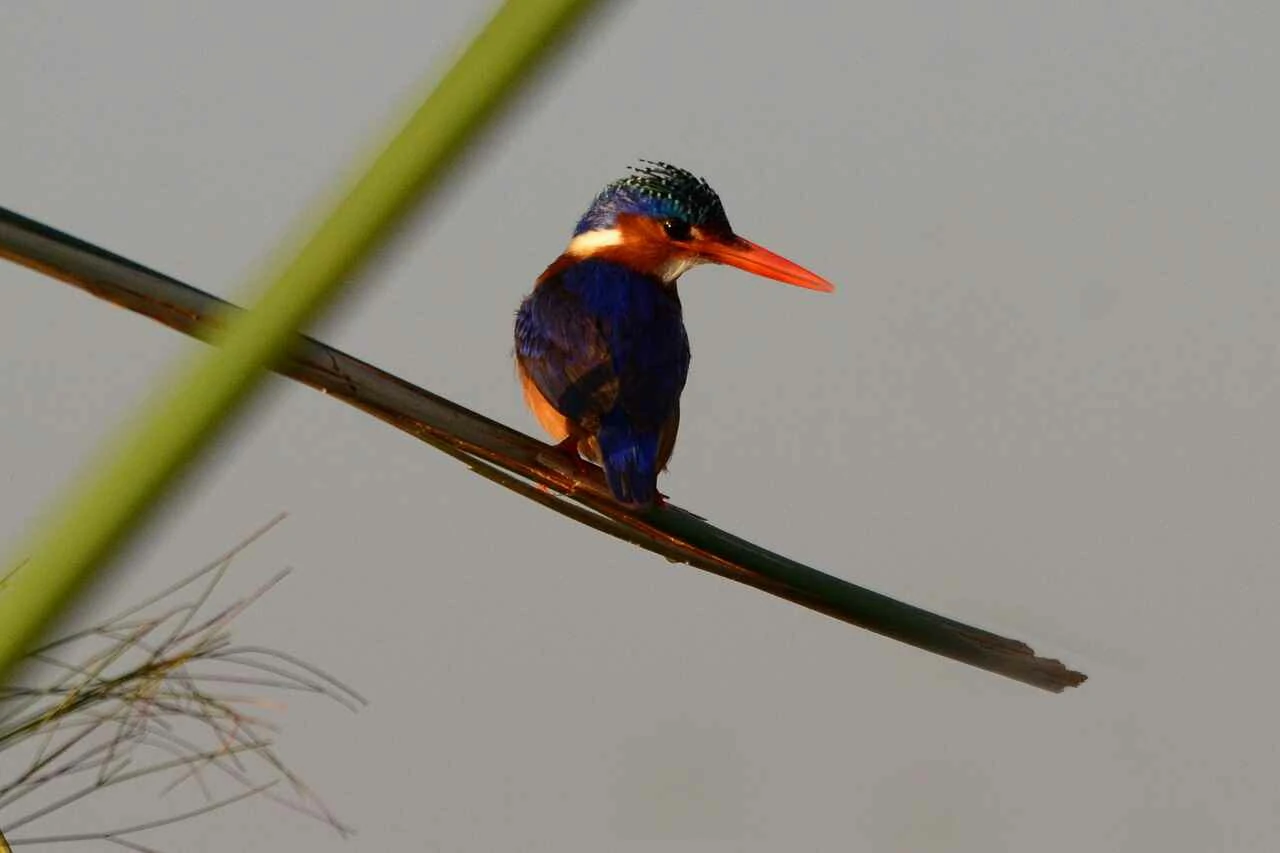
24 days of Kenya's best threatened species safari continue to Samburu
Enjoy the best breakfast in the morning and drive through; later, enter the reserve where you can enjoy the birdwatching experience. Here you will enter the reserve through the main archers post gate and drive through the park only to see different species of birds, including the buff-crested bustard, mouse-colored penduline-tit, the elusive stone partridge, straw-tailed whydah, steel blue whydah, rosy-patched bushshrike, magpie, Fischer's, and golden-breasted starlings, among other species of birds that are found within this area.
Meal Plan
-
Breakfast -
Lunch -
Dinner

The safari Continues to Nyeri for birding.
Here there are different species of birds that you will enjoy, and some of these birds, among others, include the Orange Ground Thrush, Barred Long-tailed Cuckoo, Red-chested Owlet, and Abbott's Starling, which has received little attention. Kinangop Grasslands are located west of the Aberdares on a plateau. Sharpe's longclaw, one of Kenya's national endemics, is found primarily in the Kinangop grasslands and among several other species of birds, which is extremely wonderful and interesting.
Meal Plan
-
Breakfast -
Lunch -
Dinner
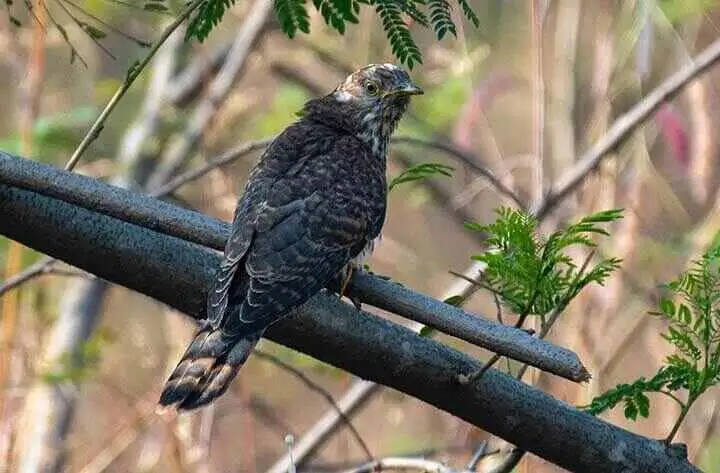
birding in the Aberdare Ranges
Today we spent another day doing the best birdwatching in the Aberdare Ranges. Several species, including the Barred Long-tailed Cuckoo, Red-chested Owlet, and Abbott's Starling, have again received little attention. Kinangop Grasslands are located west of the Aberdares on a plateau. Sharpe's longclaw, one of Kenya's national endemics, is found primarily in the Kinangop grasslands and among several other species of birds, which is extremely wonderful and interesting. Visitors can also enjoy the photography of African Lions, Leopards, Baboons, Black-and-White Colobus Monkeys, and Sykes Monkeys, among the other animals. There have been sightings of the elusive Golden Cat and the Bongo Antelope, both of which are known to live in the bamboo forest. All these offer the best birding and photography safaris, which are interesting and wonderful.
Meal Plan
-
Breakfast -
Lunch -
Dinner

safari continues to Masai Mara National Reserve.
Today, early in the morning, you will head to the Masi Mara National Reserve for more birding and photography experience. Enjoy the scenic views of the Masai Mara Reserve and the Great Plateus, as well as the rift valley escarpments. Expect to see wonderful bird species such as the Karamoja Apalis, White-bellied Canary, African Goshawk, Pale White-eye, Grey-headed Silverbill, Northern Grey-headed Sparrow, White-necked Raven, Grey Kestrel, and Yellow-fronted Canary, among other species. We will enjoy this wonderful place.
Meal Plan
-
Breakfast -
Lunch -
Dinner
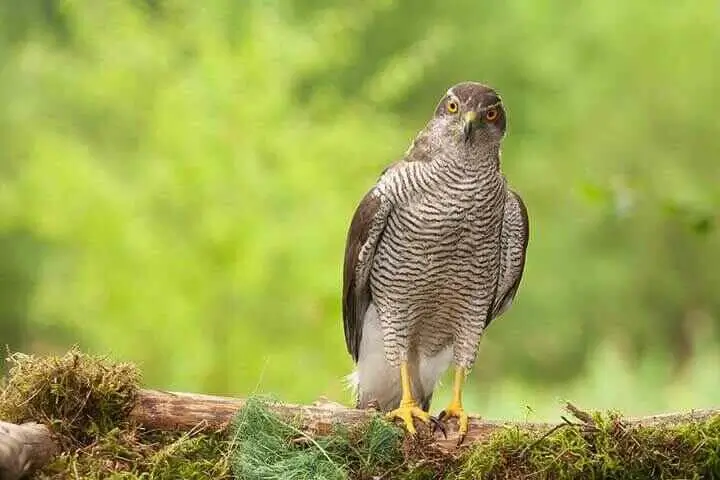
Another day of birdwatching in Masai Mara National Reserve (Mara Plains)
Today is one of the days that you will spend in the Masai Mara Plains. Expect to see a lot of birds during this day's tour in the Masai Mara National Reserve. There are different species of birds that you will encounter here, and these will include the Usambiro Barbet, Foxy Lark, Red-throated Tit, Hildebrandt's Starling, Swahili and Kenya Rufous Sparrows, Little Bee-eater, Bare-faced Go-away Bird, White-headed Barbet, Flappet and Rufous-naped Larks, Long-billed Pipit, Pale Wren-Warbler, Green-capped Eremomela, Senegal and Black-winged Plovers, White-tailed Larks, Red-capped Larks, Fischer's Sparrow-Larks, Rosy-breasted Longclaws, Stout and Croaking Cisticolas, Northern, Pied, and Isabelline Wheatears, African Quailfinch, Jackson's, Yellow-mantled, and Red-collared Widowbirds, Caspian Plovers, Banded Martin, and steppe eagles, among other species of birds.
Meal Plan
-
Breakfast -
Lunch -
Dinner
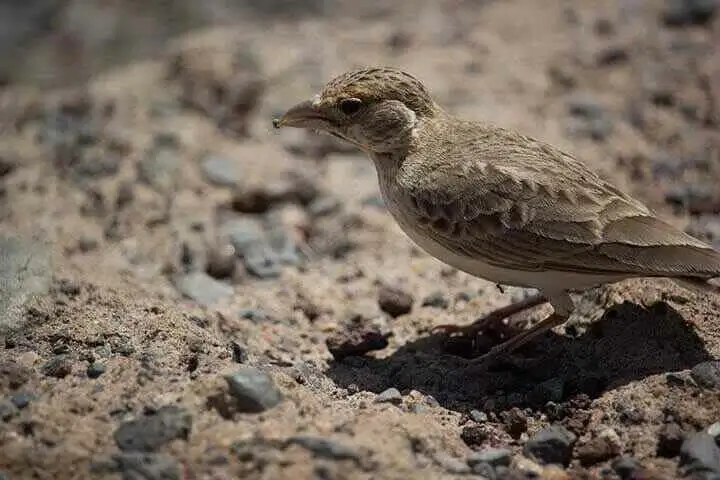
Back to Nairobi.
Today we pack a picnic breakfast and lunch and then go on a game drive. We look for more species that may have been missed in the previous days. Following the wildlife drive, we travel to Nairobi.
Meal Plan
-
Breakfast -
Lunch -
Dinner
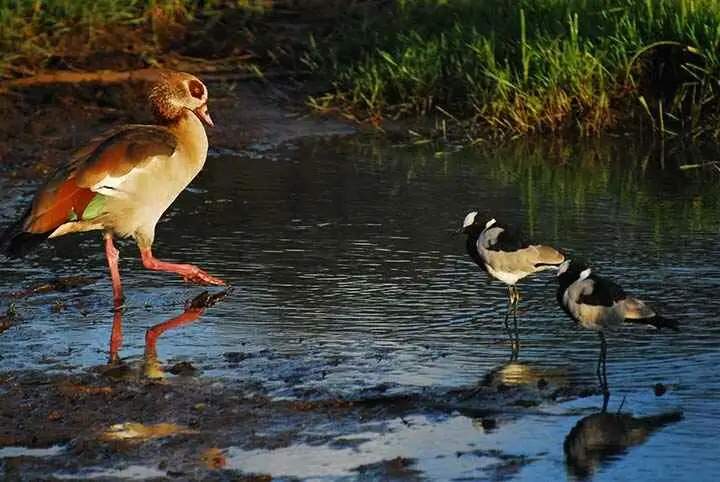
Birdwatching in Tsavo West National Park
Yes, Tsavo National Park is an important bird-watching area. So on 4 days, we shall travel to these birding areas and spend the day doing birdwatching here in this great park before you drive to Arabuko-Sokoke Forest through Taita Hills.
Meal Plan
-
Breakfast -
Lunch -
Dinner
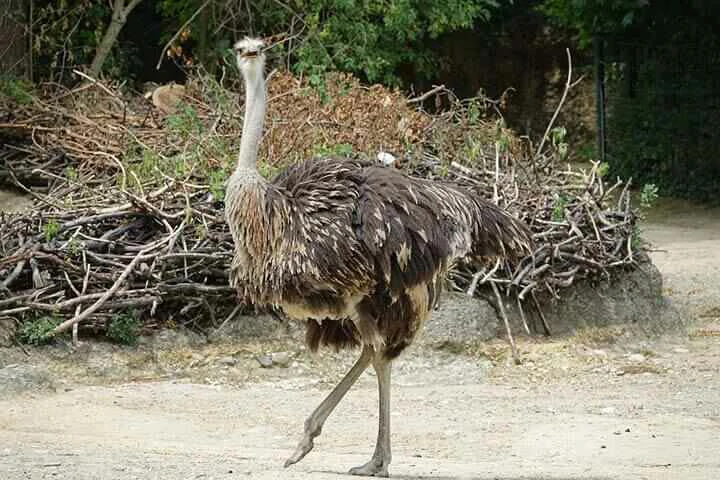
Birdwatching in Arabuko Sokoke Forest
Birding is very interesting in Arabuko Sokoke Forest Reserve, and it is considered one of the birding areas found just a few miles from the Kenyan coast. The forest is home to more than 230 species of birds, and some of these birds include globally threatened and endangered species. Some of the common examples of the birds sighted here include Fisher's Turaco, Sokoke Scops Owl, Spotted Ground Thrush, Sokoke Pipit, East Coast Akalat, Amani Sunbird, Plain-backed Sunbird, and Clarke's Weaver. Five of the seven East African coastal forests have Endemic Bird Area species. Further, the forest features rare and unique fauna, with six endemic East African coast butterfly taxa found, as well as three uncommon near-endemic animals and amphibians. You will definitely be able to see and enjoy this wonderful safari experience.
Meal Plan
-
Breakfast -
Lunch -
Dinner
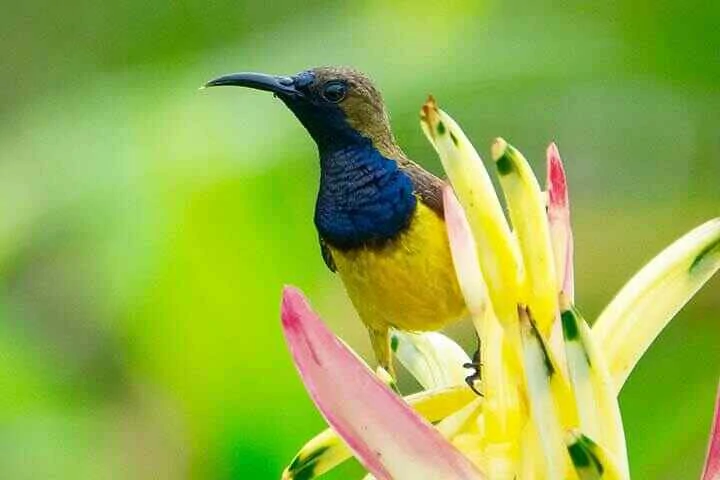
Birdwatching through the Arabuko-Sokoke while looking for Kenyan Coast Endemic Birds
In the next two days, we shall be ensuring that we lookout for the birds that will stay along the coast and here expect to encounter several species of birds in this side of eastern Kenya, and these will, among others, include the mouse-colored sunbird, scaly babbler, southern banded snake-eagle, African crowned eagle, little yellow flycatcher, blue-mantled crested flycatcher, four-colored bush-shrike, black-bellied starling, lizard buzzard, crested Guineafowl, Narina trogon, green barbet, mombasa woodpecker, Fischer's greenbul, yellow-bellied, helmet-shrike with a chestnut front, Amani Sunbird, Plain-backed Sunbird, Bohm's Spinetail Sokoke Pipit, Malindi Pipit, and Moustached Green Tinkerbird Gull-billed Terns, Saunders' Terns Grey Plover, Crab Plover, Bat-Hawk Osprey, Western Reef Heron, Lesser Sandplover, Greater Sandplover, Sanderling, Whimbrel, Eurasian Curlew, Terek Sandpiper, Ruddy Turnstone, Lesser Crested Tern, and Sooty Gull Bee-eaters of Northern Carmine, Zanzibar Sombre Greenbul, Yellow-throated Longclaw, and Little Yellow Flycatcher Other species include the African open-billed stork, the African spoonbill, and the pied avocet. Please get ready to enjoy and meet these great animals, which are extremely wonderful and interesting.
Meal Plan
-
Breakfast -
Lunch -
Dinner
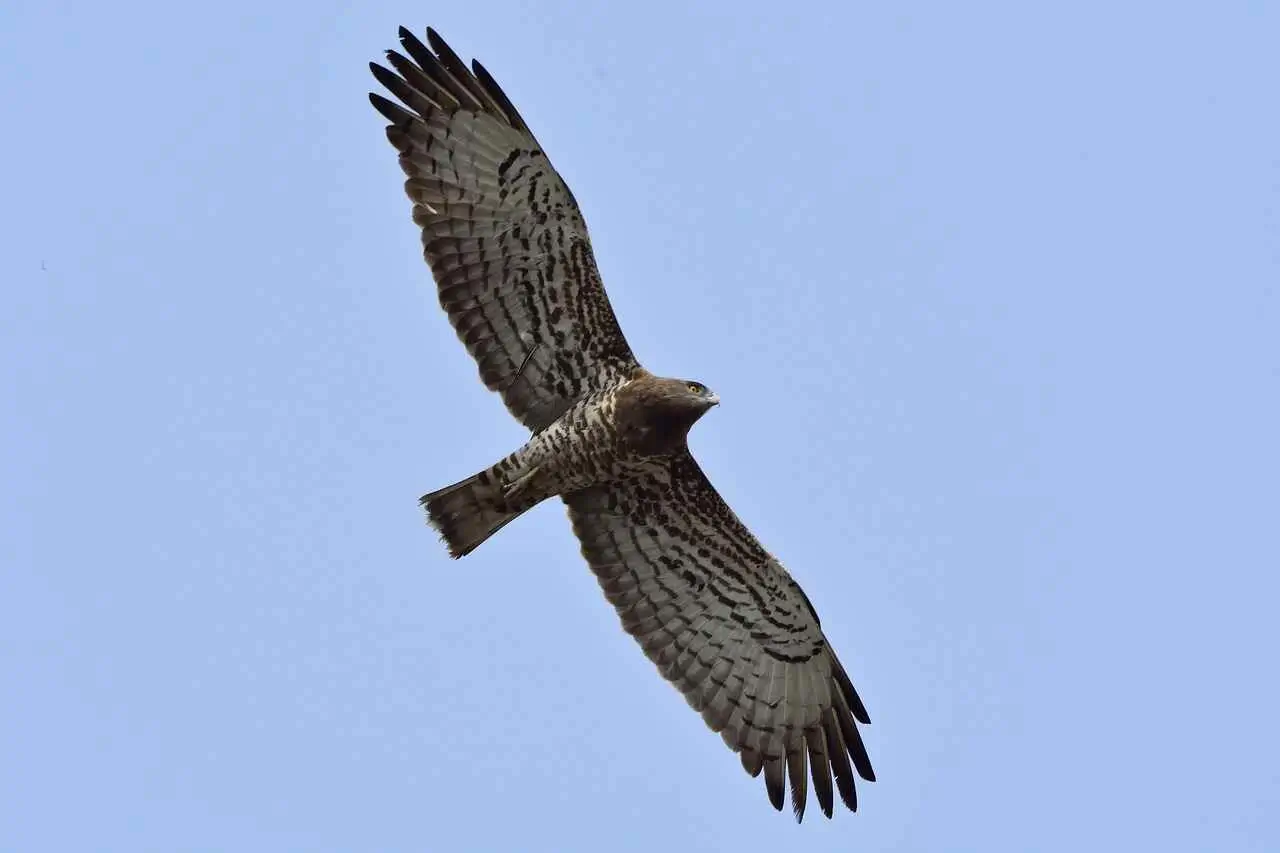
Fly to Nairobi
Today we fly to Nairobi for the final night of our trip and arrive in plenty of time to prepare for the journey home.
Meal Plan
-
Breakfast
